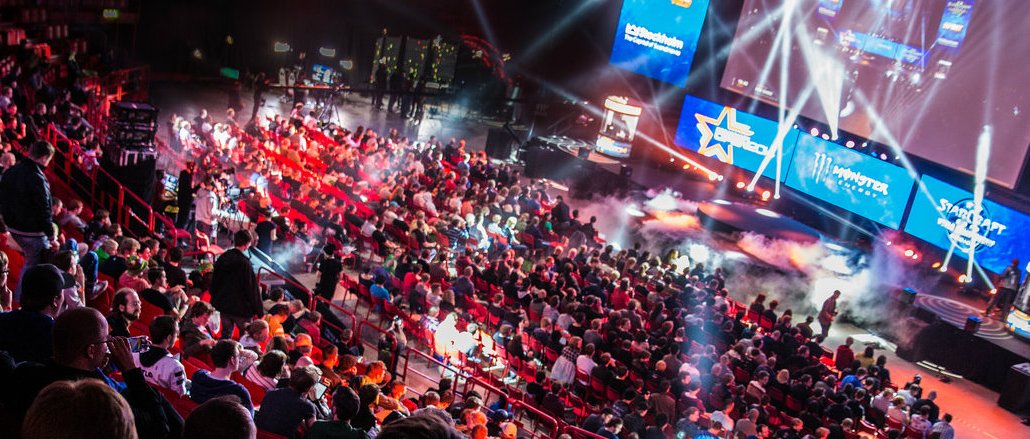
ESports has become a $1 billion global industry.
As media casts about for sustainable business models, it could do worse than to take a few lessons from how eSports is developing business models that combine sponsorships and advertising with subscriptions and micro-transactions
ESports is expected to have 260 million viewers in 2017, but effectively monetizing this audience has been tough. For now sponsorship makes up the majority of revenue, leagues like League of Legends and Electronic Sports League have relied on sponsorships from brands like Intel and Comcast, hungry to reach millennial males. But there are moves to diversify.
“As sponsorship cools and sponsors start asking more pertinent questions about where their money is going, eSports companies will start to diversify where the money comes from,” said Christian Baker, digital manager at sports and entertainment agency Synergy. “The most open avenue is a pay-per-view broadcast model. It will be a challenge because eSports has always been free to air; they will have to make a subscription model work online, because it doesn’t work on TV.”
League of Legends developer Riot Games’ deal to sell streaming rights Major League Baseball’s Advanced Media tech unit for $200 million over two years could see it earn more revenue from viewers by charging through the MLBAM app. Making gamers pay is a challenge, and companies will need to show the value they are adding value. Implementing subscription models will inevitably lead to a drop in audience, which in turn affects sponsorship, so it’s a precarious balancing act.
ESports also has healthy micro-transactions business, points out Jodie Fullagar, head of entertainment at M&C Saatchi Sport and Entertainment: “Hugely popular games like CS:GO operate models based on skins which allow you to personalize your gear and experience.” Earlier this year, Wings Gaming won the DOTA 2 International Championships along with a $9.1 million prize, from an overall prize pool valued at more than $20 million. “This is doubly impressive as the majority of the prize pool is contributed by the DOTA 2 community through micro-transactions,” said Fullagar.
On Amazon-owned live-streaming gaming platform Twitch, viewers show their support for channels and streamers by adding Cheers. Viewers purchase bits, rock-like animations, to send over the stream to support players, and the more that are used at one time, the cooler the effect, according to Twitch. Bits cost $1.40 for 100, and users can send up to 10,000 at one time. It’s similar to the platform’s subscriptions feature.
China has been a leader in monetizing these kinds of social interactions, especially between viewers and broadcasters over live streaming, which then gets shared with the platform. There’s big money involved too, according to reports by Credit Suisse: China’s live-streaming industry is expected to reach $5 billion by 2017.
“We don’t have the culture of micro-donation, but something similar should emerge,” said Matti Littunen, analyst at Enders Analysis
“ESports can have scheduled ad breaks built into broadcast formats,” he said, adding that other live formats wouldn’t be suited to these breaks. “Leagues can take in the benefits of ads, sponsorship, micro-transactions and monetizing social engagement. For instance, during tournaments, audiences can pay to engage with professional players.”
More in Media

From sidelines to spotlight: Esports events are putting creators center stage
Esports events’ embrace of content creators reflects advertisers’ changing priorities across both gaming and the wider culture. In the past, marketers viewed esports as one of the best ways to reach gamers. In 2025, brands are instead prioritizing creators in their outreach to audiences across demographics and interest areas, including gaming.

Condé Nast and Hearst strike Amazon AI licensing deals for Rufus
Condé Nast and Hearst have joined the New York Times in signing a licensing deal with Amazon for its AI-powered shopping assistant Rufus.

Media Briefing: AI payouts may be entering a new era
AI compensation is evolving — and new models, not just publisher demands, are driving the shift beyond flat-fee licensing.








